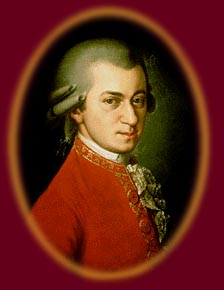A small musical analysis, useful to understand the music and play the piano well
In the form "Theme and Variations", the theme is a short piece done, we can call "song form" (or, in German, Liedform), the song form can be a binary form or ternary form.
The song form simplest is usually a binary form, in sixteen bars, which can be divided into two periods of eight bars each and every one of them can be divided into two phrases of four bars each. Therefore: (4 +4) + (4 +4) = 16.
In the analysis of the melody we can see striking similarities between the phrases: the second phrase can be so similar to the first, if we call 'a1' the first, the second can be called 'a2', and with this series 'a1' + 'a2' (4 +4) is complete for the period, which is usually defined by the repeat sign.
In the second period, the third phrase is often a little contrasting (we will call therefore the 'b'), while the fourth usually shows the state of the first or, more often, of the second, so 'a2'.
The binary form is thus characterized often (not always!) by the sequence 'a1-a2-b-a2'.
Another thing is the ternary song form, in which we recognize three periods (eg 8 +8 +8 = 24 bars).
But that is not the case in our Sonata K 331.


Nessun commento:
Posta un commento